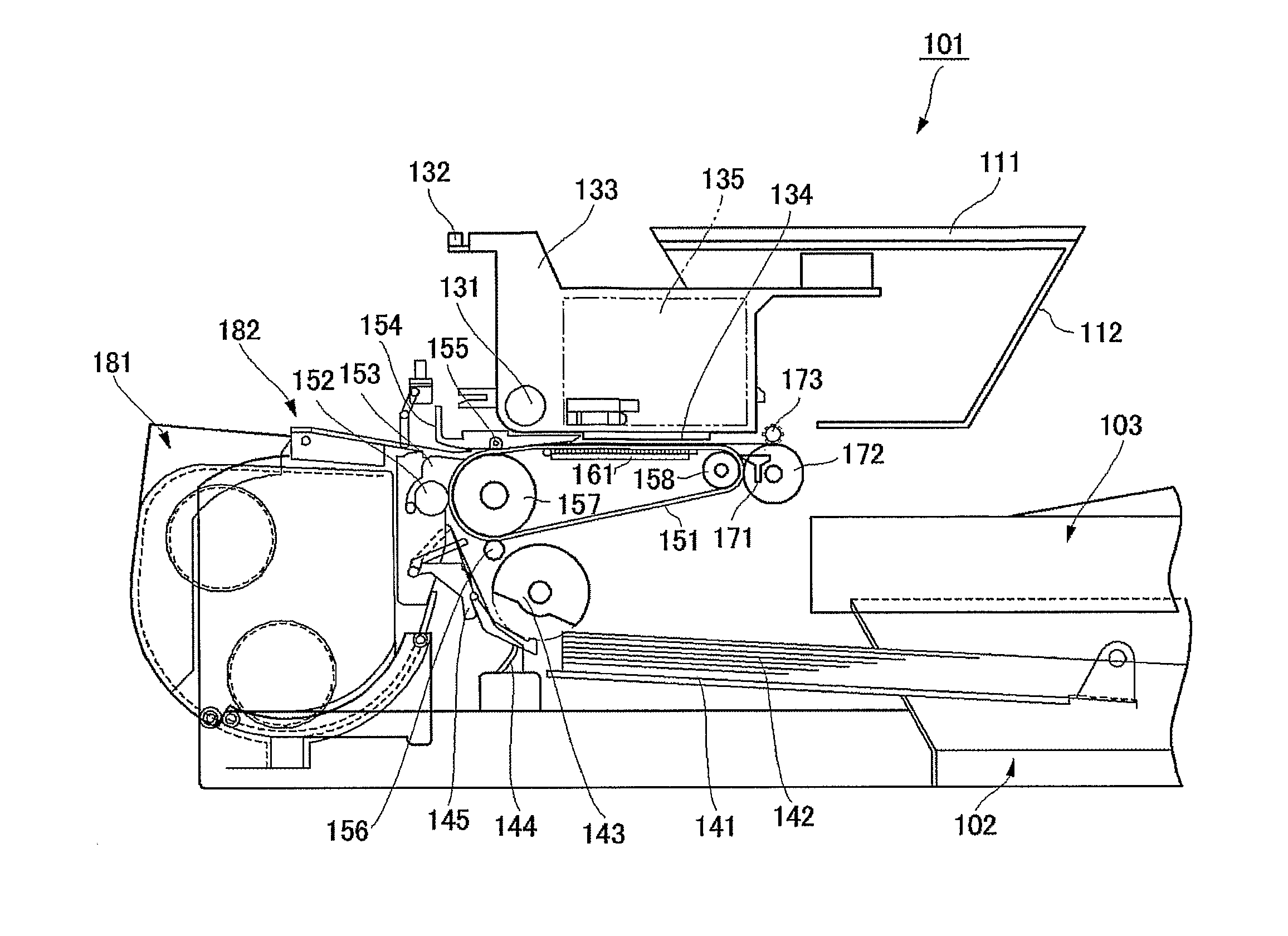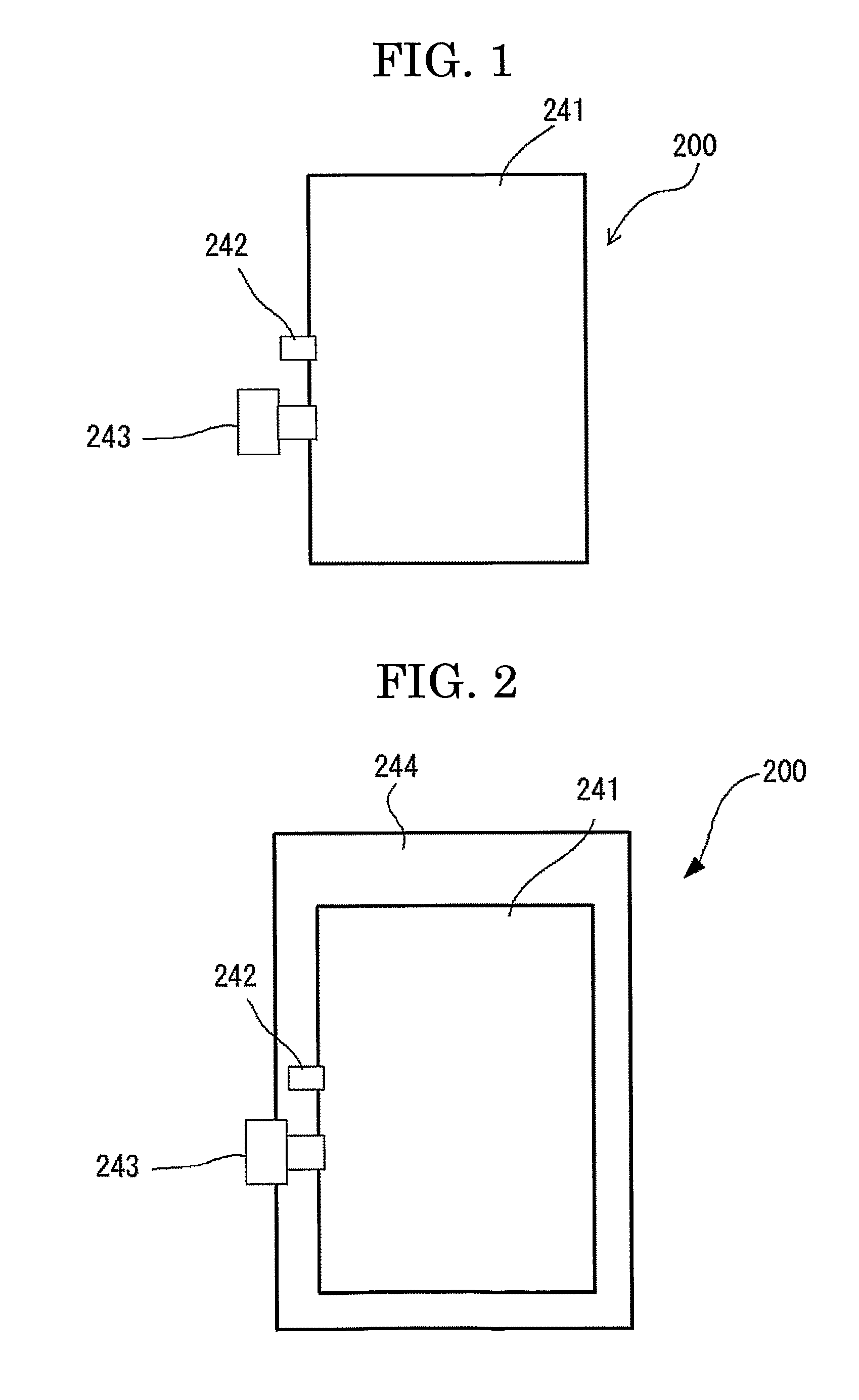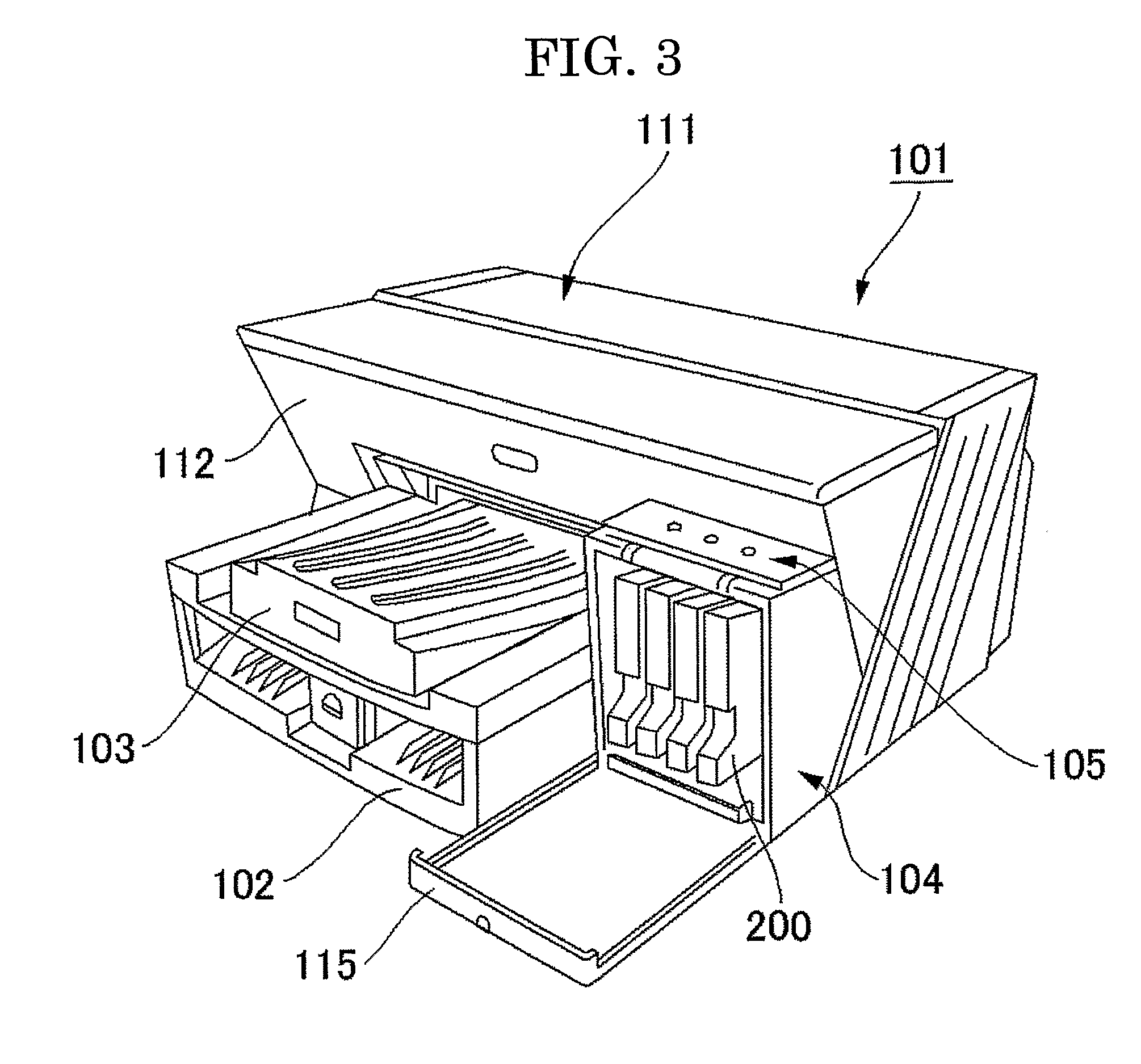Inkjet recording method, inkjet recording medium, and aqueous ink
a technology of inkjet recording and inkjet printing, which is applied in the direction of coating, instruments, inks, etc., can solve the problems of insufficient high speed output of image quality comparable to commercial printing on those media, and the design of aqueous inkjet recording methods, etc., to achieve high quality printing, excellent effect, and high reliability
- Summary
- Abstract
- Description
- Claims
- Application Information
AI Technical Summary
Benefits of technology
Problems solved by technology
Method used
Image
Examples
production example 1
Fine Particle Dispersion Containing Cyan Pigment)
Preparation of Fine Polymer Particle Dispersion Containing Copper Phthalocyanine Pigment
[0287]An inside of a 1 L flask equipped with a mechanical stirrer, a thermometer, a nitrogen gas introducing tube, a reflux tube and a drop funnel was sufficiently replaced with nitrogen gas, then 11.2 g of styrene, 2.8 g of acrylic acid, 12.0 g of lauryl methacrylate, 4.0 g of polyethylene glycol methacrylate, 4.0 g of styrene macromer (product name: AS-6 manufactured by TOAGOSEI CO., LTD.) and 0.4 g of mercaptoethanol were loaded therein, and the temperature was raised to 65° C. Subsequently, a mixed solution of 100.8 g of styrene, 25.2 g of acrylic acid, 108.0 g of lauryl methacrylate, 36.0 g of polyethylene glycol methacrylate, 60.0 g of hydroxyethyl methacrylate, 36.0 g of styrene macromer (product name: AS-6 manufactured by TOAGOSEI CO., LTD.), 3.6 g of mercaptoethanol, 2.4 g of azobis dismethylvaleronitrile and 18 g of methyl ethyl ketone wa...
production example 2
Fine Particle Dispersion Containing Magenta Pigment
Preparation of Fine Polymer Particle Dispersion Containing Dimethylquinacridone Pigment
[0291]A red purple colored fine polymer particle dispersion was prepared in the same manner as in Production Example 1, except that the copper phthalocyanine pigment in Production Example 1 was replaced with Pigment Red 122.
[0292]The average particle diameter (D50%) of the obtained fine polymer particles which was measured by a particle size distribution measurement device (Microtrack UPA, manufactured by Nikkiso Co. Ltd.) was 127 nm.
production example 3
Fine Particle Dispersion Containing Yellow Pigment
Preparation of Fine Polymer Particle Dispersion Containing Monoazo Yellow Pigment
[0293]A yellow colored fine polymer particle dispersion was prepared in the same manner as in Production Example 1, except that the copper phthalocyanine pigment in Production Example 1 was replaced with Pigment Yellow 74.
[0294]The average particle diameter (D50%) of the obtained fine polymer particles which was measured by a particle size distribution measurement device (Microtrack UPA, manufactured by Nikkiso Co. Ltd.) was 76 nm.
PUM
| Property | Measurement | Unit |
|---|---|---|
| roughness Ra | aaaaa | aaaaa |
| roughness Ra | aaaaa | aaaaa |
| surface tension | aaaaa | aaaaa |
Abstract
Description
Claims
Application Information
 Login to View More
Login to View More - R&D
- Intellectual Property
- Life Sciences
- Materials
- Tech Scout
- Unparalleled Data Quality
- Higher Quality Content
- 60% Fewer Hallucinations
Browse by: Latest US Patents, China's latest patents, Technical Efficacy Thesaurus, Application Domain, Technology Topic, Popular Technical Reports.
© 2025 PatSnap. All rights reserved.Legal|Privacy policy|Modern Slavery Act Transparency Statement|Sitemap|About US| Contact US: help@patsnap.com



